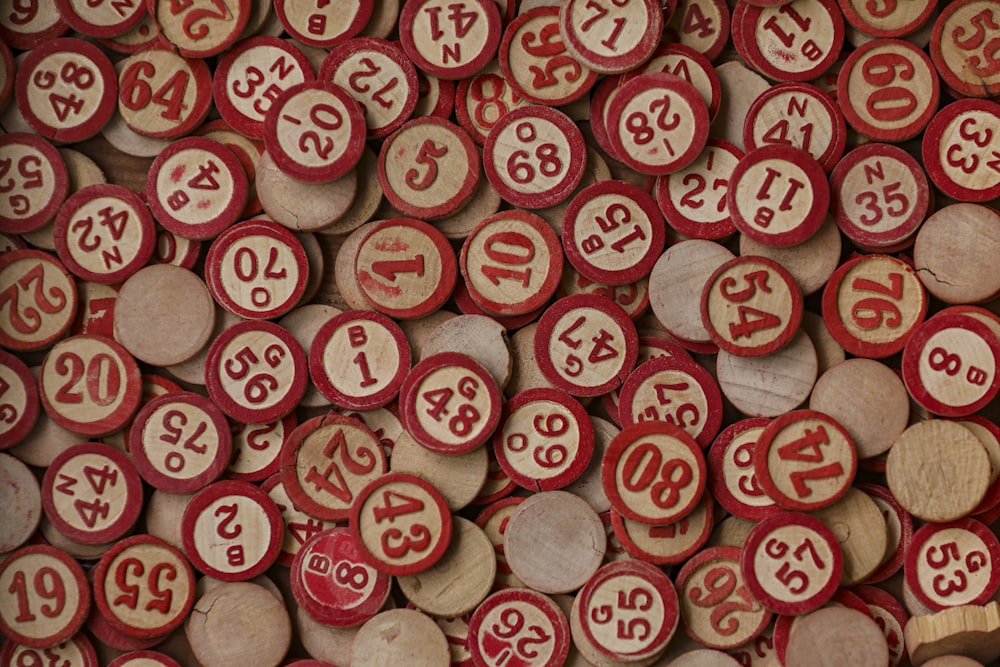Introduction
It can be tough to get students excited about learning the bass clef. But with a little creativity, it’s possible to make the process fun and engaging. One way to do this is by using games like “BINGO” or through music composition. You can also use flashcards, puzzles, or even songs to help students get a better understanding of where each note is located. By incorporating some of these fun learning strategies, you’ll be sure to help your students ace their note names in no time!
What is the bass clef?
The bass clef is a musical notation that is used to indicate the pitch of notes on a bass guitar, bassoon, cello, double bass, euphonium, Hammond organ, harpsichord, and other low-pitched instruments. It is also used in vocal music to indicate the pitch of notes sung by bass voices, such as basses, baritones, and tenors. It is also known as the F-clef because it curves around the note F on the bass staff.
What are the notes of the bass clef and how can you teach students to remember them?
The names of the line notes are G, B, D, F, and A. The spaces are A, C, E, and G.
One way to remember the lines is by the phrase, “Good Burritos Don’t Fall Apart” or “Good Boys Do Fine Always.”
The spaces are usually remembered by, “All Cows Eat Grass.”
5 Ways to Make Learning Notes of the Bass Clef Fun & Engaging
There are a variety of ways that you can make learning notes of the bass clef fun and engaging for students. One way to do this is by using games like “Bingo” or through music composition. You can also use flashcards, movement games like scavenger hunts, or even design projects to help students get a better understanding of where each note is located. By incorporating some of these fun learning strategies, you’ll be sure to help your students ace their note names.
Bingo
Bingo is a great way to help students learn their bass clef notes because it allows for note repetition and visualization.
To play, each student is given a bingo card with the notes listed. The teacher then calls out the bass clef notes in random order. As the student hears their note called, they find it on their bingo card and mark it off. The first student to get five in a row (up, down, across, or diagonally) wins!
This game can be played with small groups of students or even the whole class. It’s also a great way to review bass clef notes before a test or adjudication.
Looking for a pre-made version? Here’s one I’ve made!

Music Composition
Another fun way to help students learn their bass clef notes is through music composition (click to check out some of mine). This activity can be done individually, in pairs, or in small groups.
To start, each student is given a blank staff and a set of bass clef note stickers. They then create a bass clef melody by placing the stickers on the staff. Once their melody is complete, they can add words or even draw a picture to accompany their composition.
This activity is not only fun, but it also allows students to be creative and use their imaginations. It’s also a great way for them to see how bass clef notes can be used to create music.
Flashcard Games
Flashcards are a great way to help students learn the bass clef notes. There are a variety of games that can be played with flashcards to make the learning process fun and engaging.
One game that can be played is “Concentration.” To play, you’ll need a deck of bass clef note flashcards. You’ll also need a way to keep track of points, such as a whiteboard or piece of paper.
To start, the flashcards are placed face down in a grid. The first player then turns over two cards. If the two cards match, the player gets a point and gets to go again. If the two cards do not match, the player must turn the cards back over and the next player takes their turn. The game is over when all of the cards have been matched. The player with the most points at the end is the winner!
This game is a great way to help students learn their note names because it allows for repetition and visualization of notes on the staff and their letter names.

Scavenger Hunt
A scavenger hunt is a great way to review bass clef notes before a performance or test. To play, hide note flashcards around the room. Students then search for the hidden cards and match them up with the correct note.
This game is a fun and active way for students to review notes. It’s also a great way to get students up and moving around the classroom.

Design a Poster
Another fun and creative way to help students learn bass clef notes is by having them design a poster. This activity can be done individually, in pairs, or in small groups.
Students will come up with a mnemonic for the line or space notes and design a poster (or a digital poster in a platform like Canva) to display around the classroom that encompasses that mnemonic.
Conclusion
There are many fun and creative ways to help students learn their bass clef notes. Some of these activities include playing bingo, composing music, flashcard games, and scavenger hunts. These activities not only help students learn note names, but they also allow for repetition and visualization. With a little creativity, note learning can be fun and engaging for students of all ages!
Ending thoughts:
There are a lot of notes and it can be difficult to learn them all at once. However, with a little bit of creativity and some practice, they can be easy to learn! Try out some of the activities above to help your students (or yourself!) better understand the names and placement of notes!





